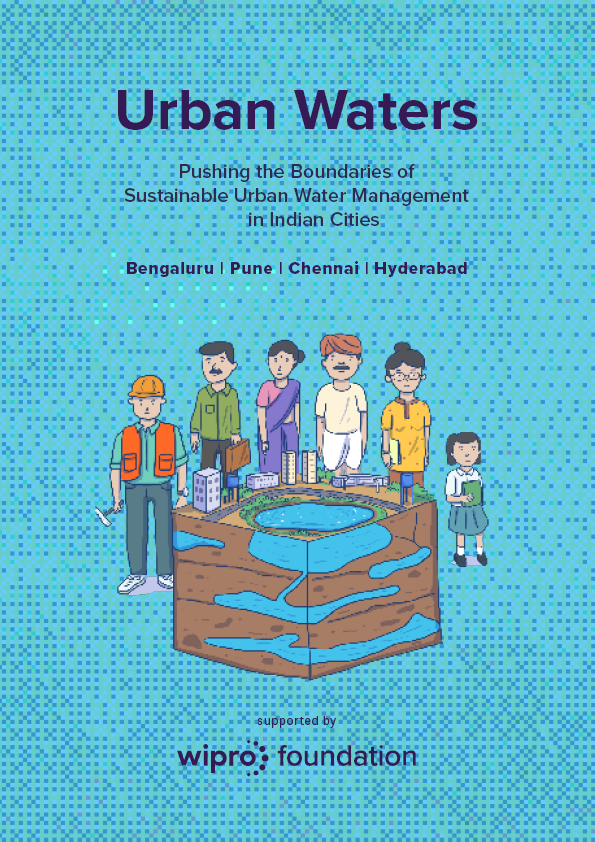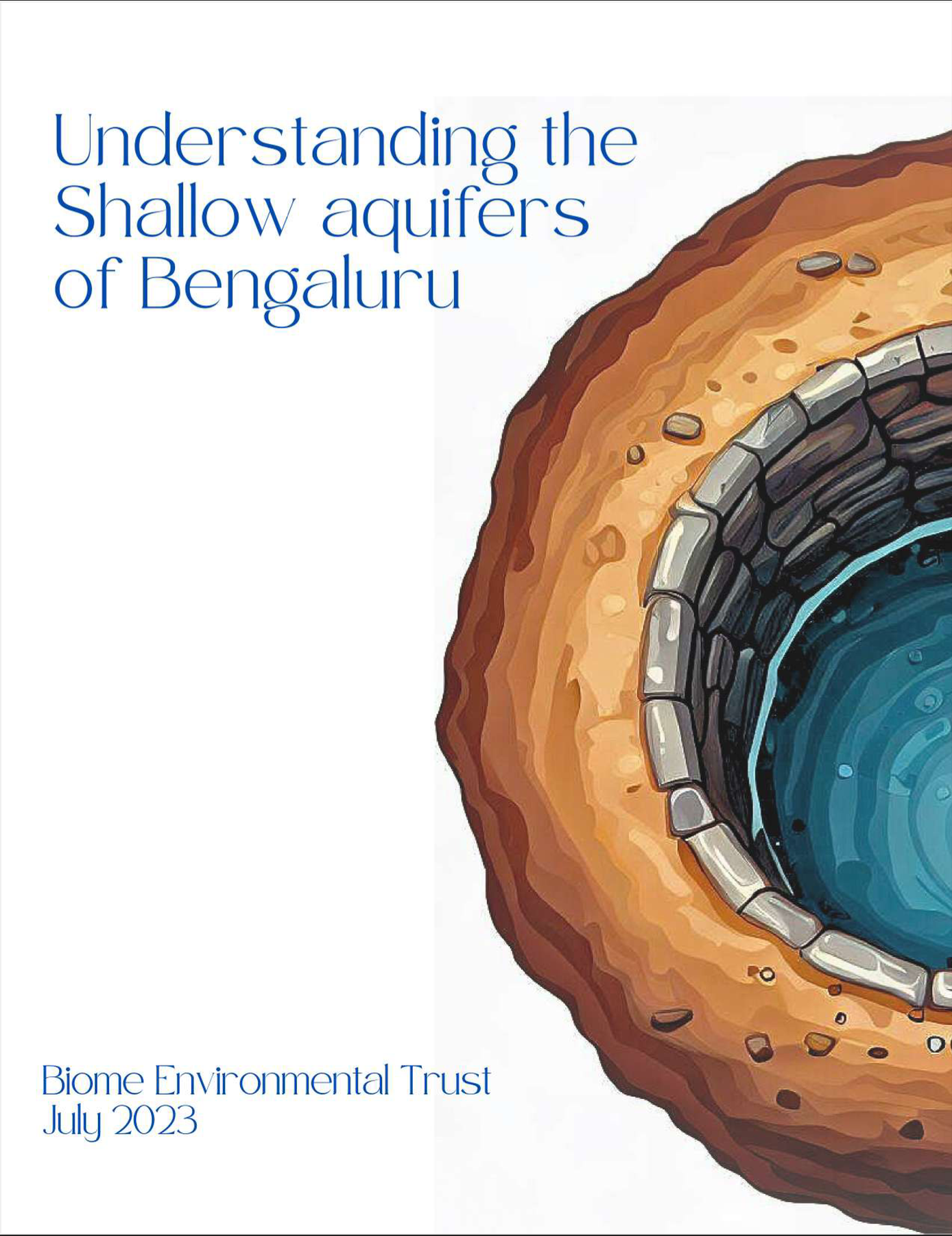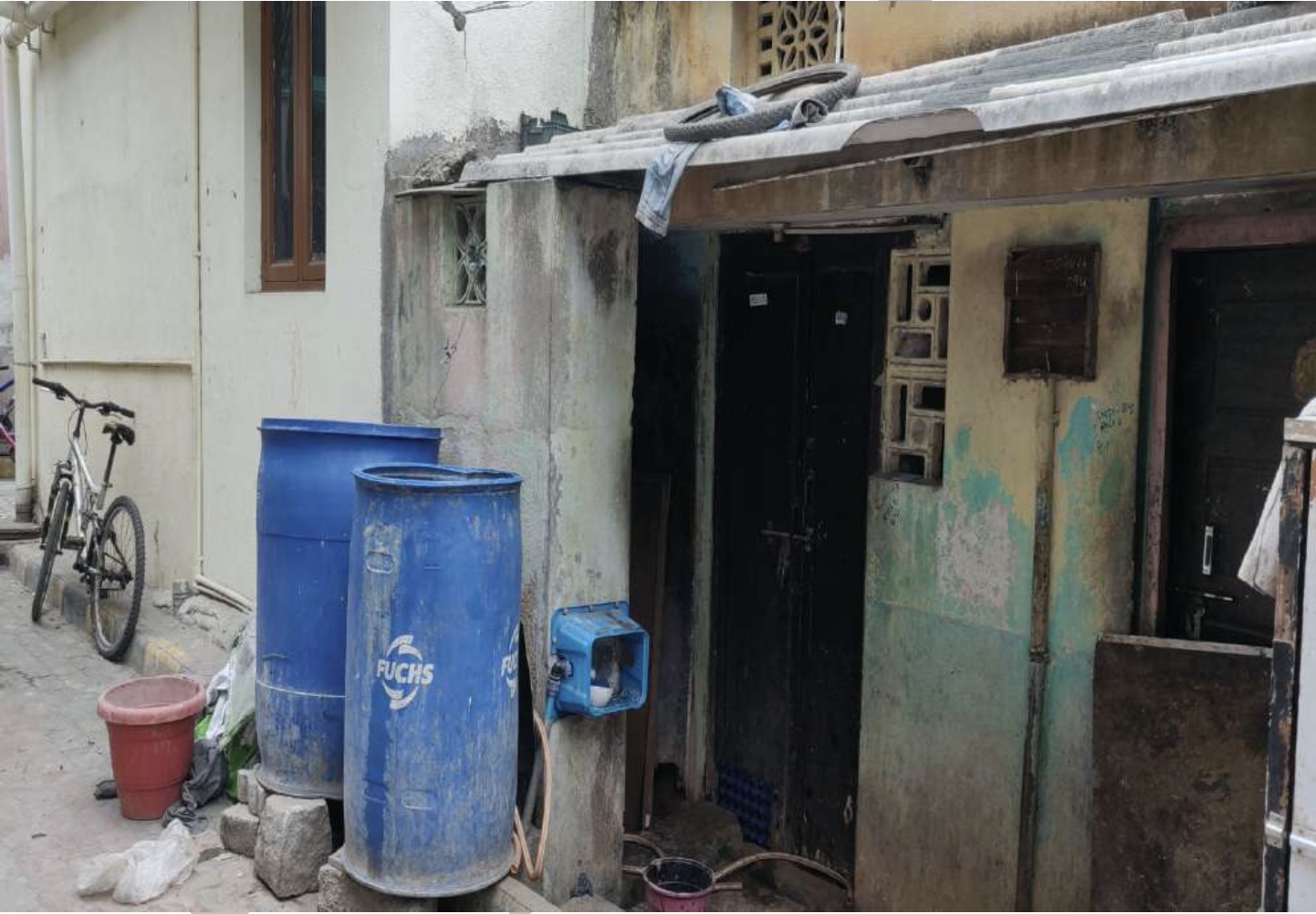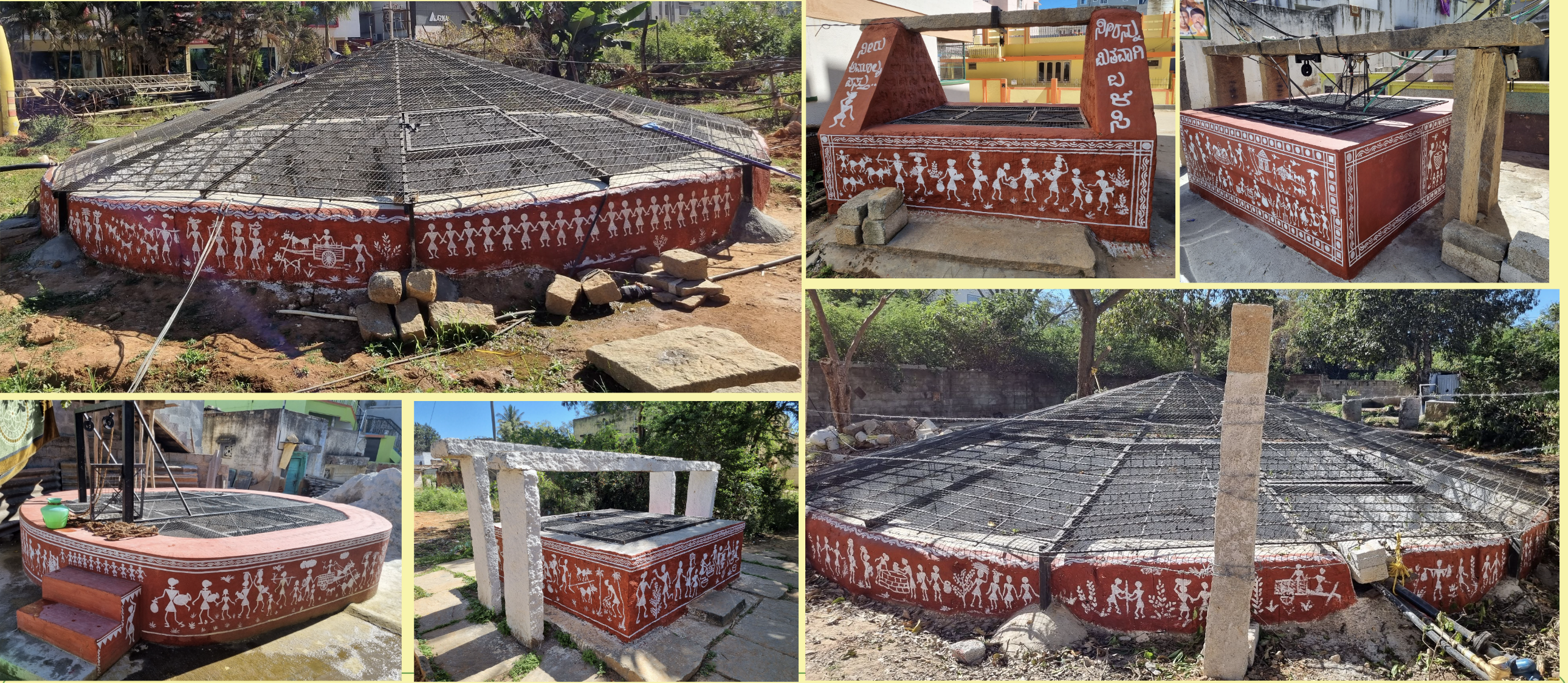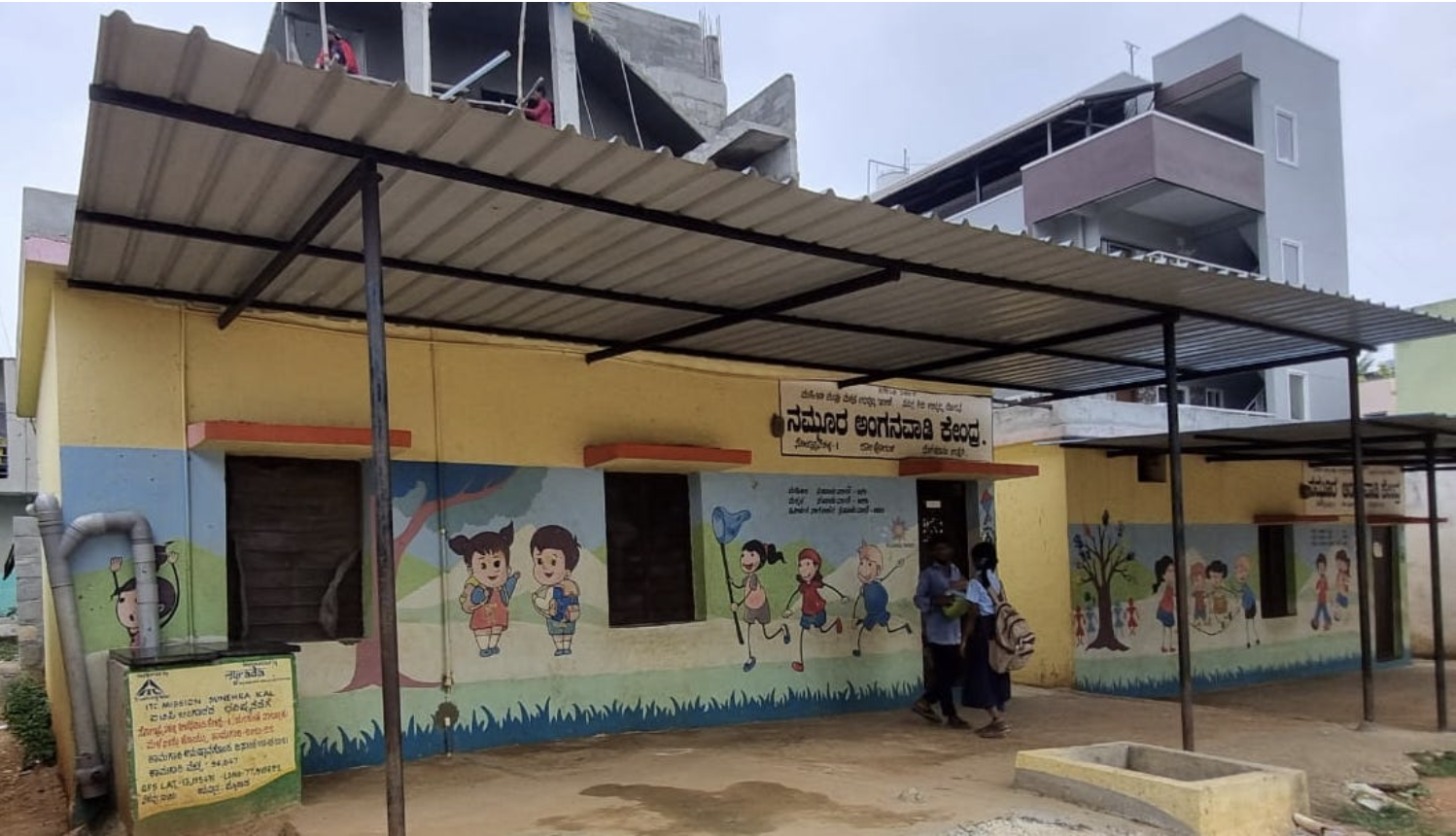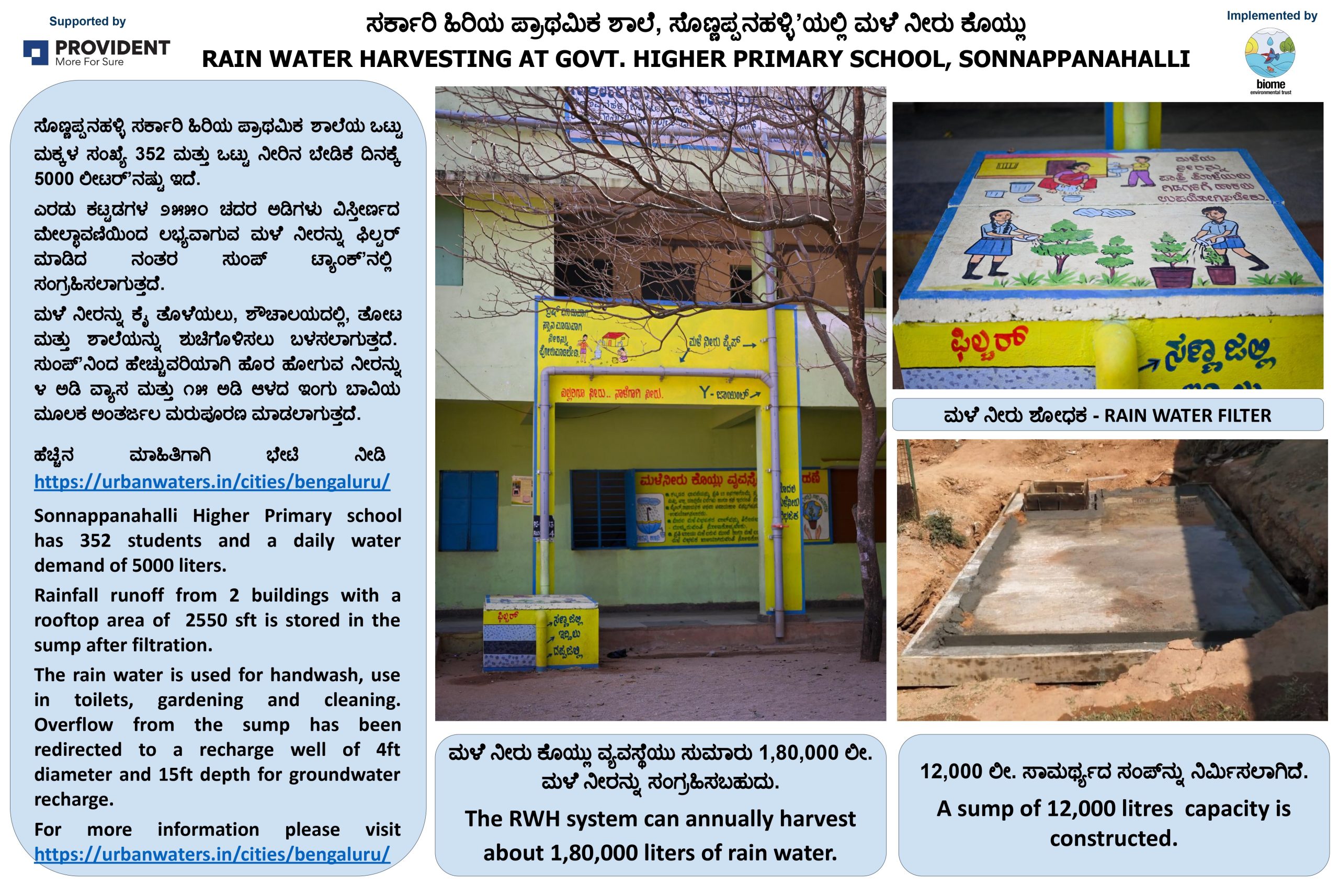Lakes
Lakes are large water bodies surrounded by land. They are found in all kinds of environments including plains, mountains and deserts and can also vary greatly in size and depth. The world’s deepest lake, Lake Baikal in Russia, is nearly two kilometres deep in places. In contrast, there are lakes so shallow that you can wade across them.
Lakes receive water from many sources like rain, melting ice, streams and groundwater seepage. There are two kinds of lakes – an open lake is one in which water can flow out through outlets, whereas a closed lake is one where water leaves only by evaporation. Lakes could be either natural or man-made. Most lakes in Bengaluru are artificial (also known as tanks), built and maintained under the patronage of rulers over many centuries. The Hoysalas, Wodeyars, Kempegowda and Tipu Sultan, were all patrons of lakes.
Bengaluru city’s lakes are all rain-fed receiving rain and other surface water from the catchment, the area of land within which all surface water drains and converges. Bengaluru’s lakes are interconnected by a network of storm water drains or kaluves, which carry excess water from lakes in higher elevations to those in lower elevations. This cascade system ensures both flood control and water conservation. There are six such lake series in Bengaluru: Yellamallappa Chetty, Varthur, Madavara, Byramangala, Putennahalli, and Hulimavu.
Most lakes in Bengaluru receive water from storm drains that flows through its inlets. They also receive a good amount of sewage from leaky pipes and the streets. Excess water is drained out by outflow weirs or culverts, known as kodis. Man-made lakes have bunds, i.e., ridges built to hold the water back and create a reservoir. Lakes also have a command area or achcut, land downstream that was irrigated by lake in older times.
The swampy, marshland that forms a part of lakes and are habitats for aquatic life are called wetlands. In urban lakes that typically receive large quantities of sewage and wastewater, wetlands play an important role absorbing nutrients like nitrates that are commonly present in sewage, thereby improving the water quality in the lake. They have been incorporated into the design of lakes like Jakkur, which has a sewage treatment plant and a constructed wetland that helps to further treat the water that flows out of the treatment plant.

Historically, lakes were mostly used by communities who lived clustered around them. These communities drew water from the open wells that were recharged by lakes. Farmers, fishermen, dhobis and grazers depended on lakes directly for their livelihoods. Lakes started dying once such tight-knit communities disintegrated, along with uncontrolled land development and dumping of waste.
Up until 1960, Bengaluru had 262 lakes. Now there are 81, of which only 34 are living lakes.
From being common resources that sustained lives and livelihoods, lakes have now become threats to public health. Despite multiple government agencies for their protection, lakes have died due to poor monitoring and ownership, and inequitable sharing. In Bengaluru, the BBMP, and sometimes other agencies like the BDA, are the designated lake custodians responsible for maintaining lakes. They have to coordinate with other government agencies to protect lakes, however this is often a challenge.

Today, lakes are used by urban communities for recreation as well as by communities who depend on lakes for more traditional livelihoods. In addition they play an important environmental role by helping to purify water, support aquatic species and control floods. Community action plays a big role in the conservation of Bengaluru’s lakes. Puttenahalli and Kaikondrahalli lakes are good examples of this where communities around the two lakes – both urban and traditional users – have come together to work with government agencies to protect their lakes. They have registered trusts that have been formally authorised by BBMP through MoUs to maintain the lakes, and through them they manage expenses for lake maintenance themselves.
You too can work to revive a lake in your area. Citizen advocacy groups like Friends of Lakes Bengaluru or One Bengaluru for Lakes both help to connect and support lake conservation and also to become involved in activities, from awareness raising to engaging with lake custodians. If you want to create a citizen group for your lake, advocacy groups like these can support this and also facilitate collective conversations with government agencies.
For more information, here is a document that helps citizens better understand and engage with lakes and participate in their protection.
Further Reading:



